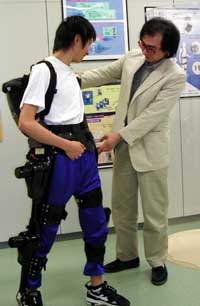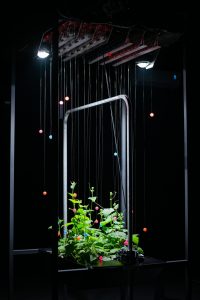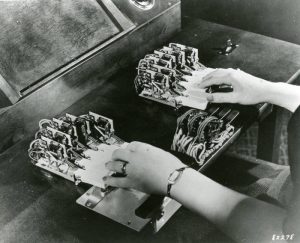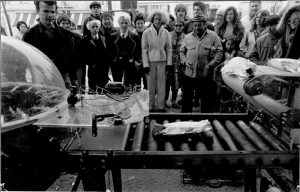Yoshiyuki Sankai, from the University of Tsukuba in Japan, has developed a 15-kilogram neuro-commanded robot suit to “bring together man, machine and information technology in harmony.”
The “hybrid assistive limb,” or HAL, is designed to help people suffering from muscle loss or partial paralysis walk.
Frames support the user’s legs and motors are placed at knees and hip joints, sensors detect changes on skin surfaces and a computer controls the system.
When the wearer tries to move a leg, the sensors detect through the skin faint electrical signals transmitted from the brain to muscles. The computer analyzes what the user is going to do, and the motors start moving to support the user’s motion.

HAL could be used in rescue and salvage operations at disaster sites. Experiments have shown that wearers of the device can lift objects twice the weight they are normally capable of raising.
However, it will be a little while before a machine is able to perfectly assist people with disabilities.
Sankai’s latest creation, which includes a new robot suit for the upper body, will be among several automatons showcased at the World Exposition 2005 in Aichi.
Via Asahi.







